Les Journées du Patrimoine fell this weekend in France, when historic monuments and sites throughout the country are open, many for free. I’d like to mark them with an account of a visit that has been on my bucket list for several years: the prehistoric site at Filitosa, on Corsica, from which we recently returned. It was our fifth visit to the Ile de Beauté and there’s still more to see.
This rich and mysterious site came to light only in 1948. It sits at the bottom of the Taravo Valley a few kilometres before the river throws itself into the Golfe di Valinco. It consists of a series of 16 granite statue-megaliths, or sculpted standing stones, carved in the likeness of warriors; fragments of 32 further statues; a vast enclosure; three prehistoric towers; and a village of stone huts.
Local farmers, the Cesari, owned the land. They knew about the huge blocks of stone, but were unaware of their significance. Dorothy Carrington evocatively described her visit to the site in 1948, during her first visit to Corsica, in her wonderful Granite Island: A Portrait of Corsica. Subsequently, archaeologist Roger Grosjean excavated there from 1954 and revealed the full majesty of the site and the megaliths.
People occupied Filitosa between the 6th millennium and the 1st millennium BC, living mainly from hunting and fishing at the start. From the 4th millennium BC agriculture developed and the population increased. The megalithic movement swept through Europe, notably in places such as Brittany, but also in Corsica. The island counts 73 sculpted megaliths, around 40% of all the statue-megaliths in France. The art of megalith carving developed in particular at Filitosa, which had its own quarry of granite blocks conveniently nearby.
Archaeologists have identified several distinct phases in the development of megalithic sculpture. In the first phase, they were simply standing stones. By the fourth phase, they had developed into recognisable human forms and faces.
The statue known as Filitosa IX is the most accomplished example of the fourth phase.
No one really knows what their function was at Filitosa, and various theories have been put forward. The earlier Neolithic megaliths could have been phallic symbols designed to stimulate the fertility of the land. The later Bronze Age megaliths, with carved swords, daggers and helmets, could have represented the people’s own warrior chieftains or their enemies.
By around 1300 BC, three new structures appeared at Filitosa, which Roger Grosjean christened torre. The structures were circular, between six and eight metres high and built on a platform. While excavating the central structure, Grosjean found numerous menhirs incorporated into the walls. Some had been broken up. This was evidence either of the wholesale rejection of the previous megalithic culture by the inhabitants; or of the occupation of the site by invaders.
Roger Grosjean interpreted it as the latter. He believed that the previous inhabitants made likenesses of their enemies, the torréens, who were probably sea-going invaders, to imprison their power and prevent them taking the site. When the torréens did take Filitosa, they broke up the images of themselves and used them to construct their own religious monuments, the torre.
No one will ever know for sure. The site guards its secrets.
The museum at Filitosa is pathetic and there is little detailed explanation of the exhibits. They are building a new museum, but its opening seems to have been delayed until 2015. It’s best to look at the site itself first and to go early in the morning to avoid the busloads of tourists. One’s enjoyment is slightly marred by the intrusive interactive pillars spewing out the history in various languages and emitting music that no prehistoric person would have made or heard.
However, these things don’t ultimately spoil the magic of this haunting place. When I look into the face of this prehistoric warrior, captured for posterity, I feel the connection with its sculptor over the millennia.
This post is taking part in the #AllAboutFrance blog link up. The link below takes you to a series of posts about many aspects of France by regular Francophile bloggers.

You might also like:
Walking in Corsica: Spoilt for Choice
A Romantic, and True, Corsican Tale
Copyright © 2014 Life on La Lune, all rights reserved

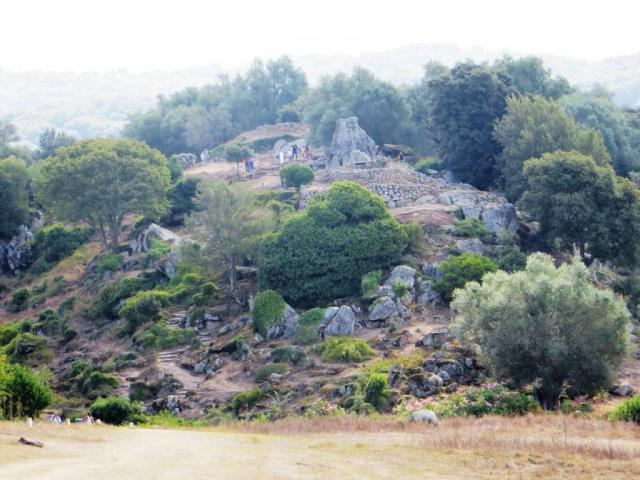
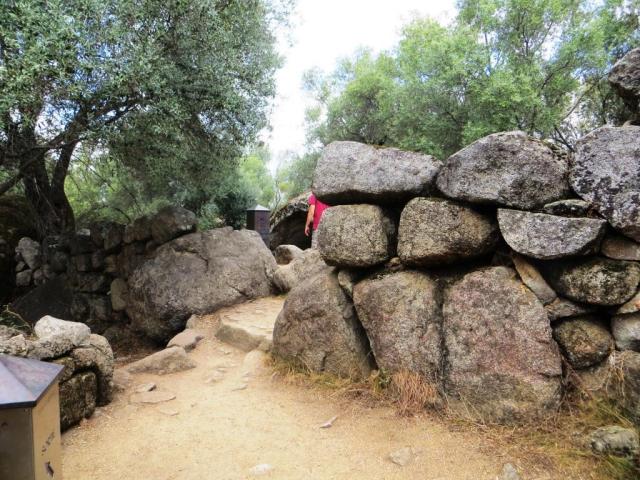

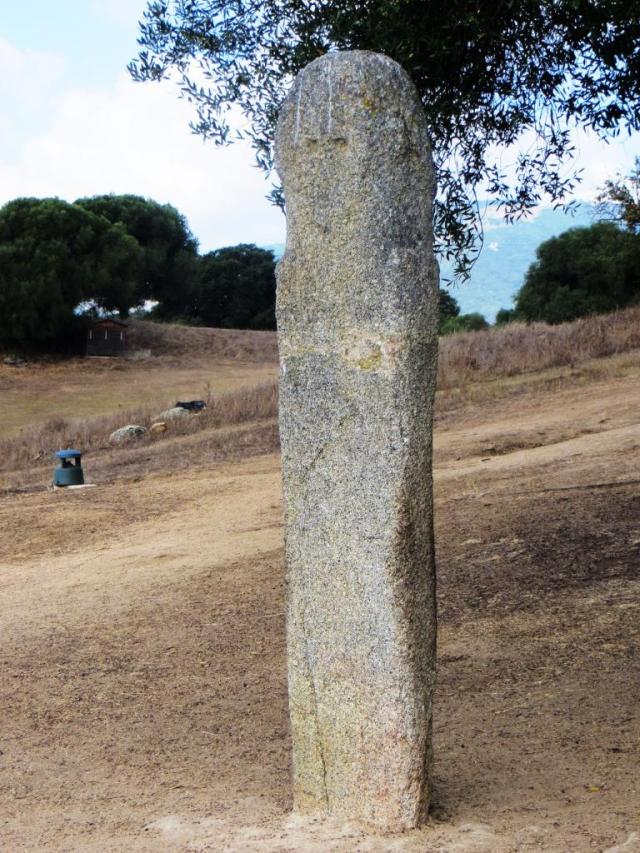
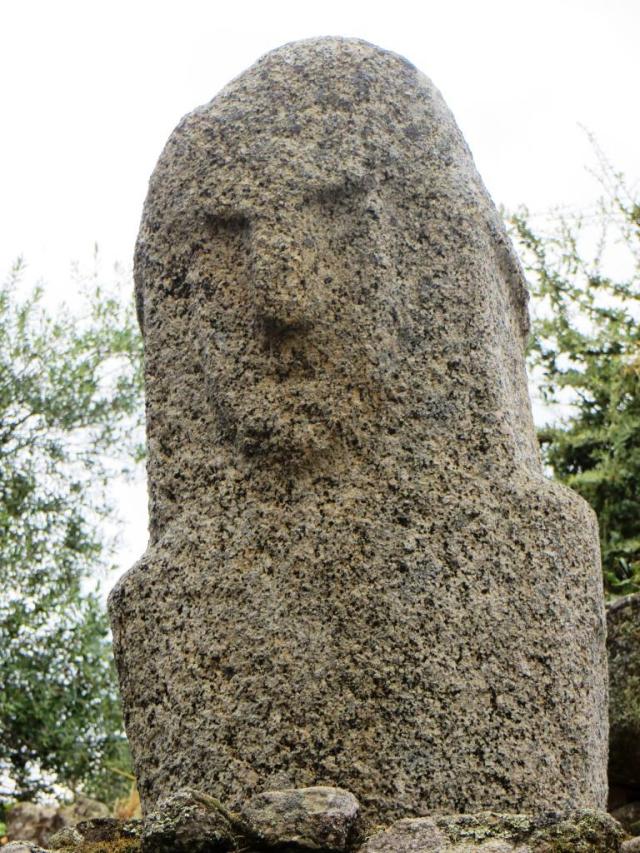
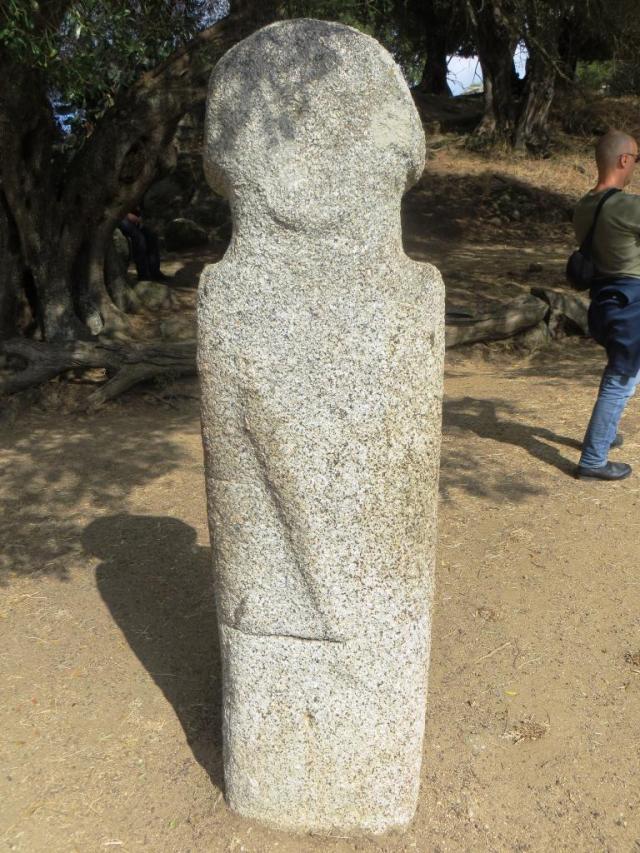
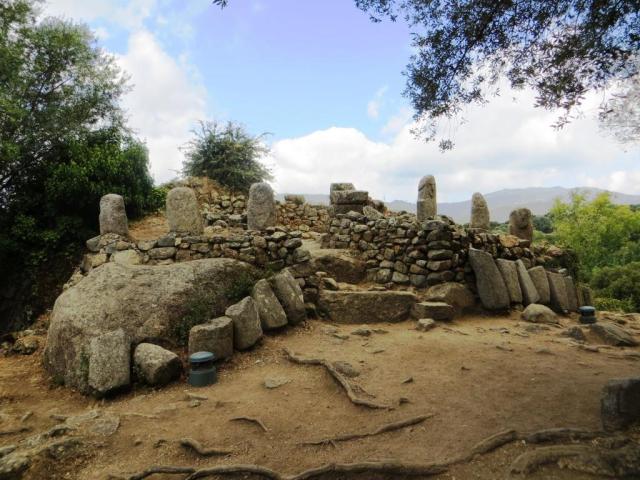


[…] Prehistoric Corsica: The Remarkable Site at Filitosa […]
LikeLike
[…] Truffles Tomorrow A Village on the Causse – Varaire Prehistoric Corsica: the Remarkable Site at Filitosa […]
LikeLike
I Have been to Sardinia but never Corsica and this is just the sort of site I would live to explore. I wonder if the museum ever got opened? #AllAboutFrance
LikeLiked by 1 person
And I’ve never been to Sardinia! But I’ve been to Corsica 6 times and it’s certainly worth visiting. Filitosa is haunting, but if you do get there, I’d advise visiting early in the day before the tourist hordes get there. I think the museum is open now. It should have been open in 2014, when we were there, but there had clearly been some delay. Thanks for commenting. 🙂
LikeLike
One day, I will get to Corsica!
LikeLiked by 1 person
Yes, you must!!
LikeLike
What a wonderful find. I hope they can make something of the museum so visitors can learn more about the megaliths and the civilisations from where they came.
LikeLiked by 1 person
The post was written nearly two years ago, so I expect (hope) the new museum is now open. I think these statues will always be shrouded in mystery. Apparently, they lay undisturbed until they were rediscovered in the late 1940s.
LikeLiked by 1 person
[…] Prehistoric Corsica: the Remarkable Site at Filitosa Corsica: L’Ile de Beauté […]
LikeLike
Reminds me of the Easter Island statues which are shrouded in mystery as well!
LikeLike
They are not dissimilar. But, of course, they are separated by thousands of miles. What I find fascinating is how similar artistic/cultural manifestations can be found on different parts of the globe without, apparently, any link between them at the time they were created.
LikeLike
What a fantastic place, Vanessa. Love the megaliths, especially the warrior. Surely you could sell the story to one of the France-themed magazines.
LikeLike
It is fascinating. Yes, I ought to try it with one of the mags – although probably in conjunction with other things to do with a Corsica visit.
LikeLike
I had no idea that they were only discovered so recently. Such a shame about the museum (and the interactive pillars are abominable!)
LikeLike
It’s an amazing story. These sculpted blocks were just sitting there in the undergrowth for thousands of years. Hopefully the new museum will be much better – when it finally opens.
LikeLike
Fascinating, Vanessa! I think I’ll add a visit to my bucket list, too!
LikeLike
You definitely should. I think you’d be hooked!
LikeLike